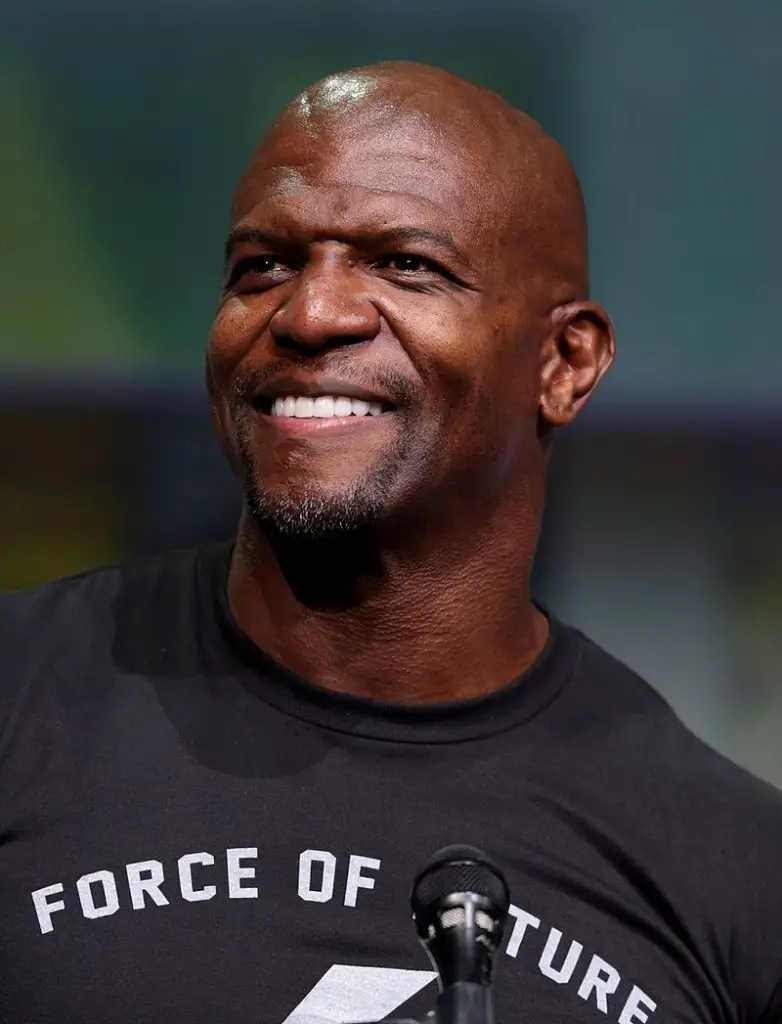Terry Crews is an American actor, artist, and former NFL athlete who has been an inspiration to many. His work in films, television shows, and other forms of media have done much to improve his visibility and public perception. But beyond that, Terry Crews has also become one of the most vocal advocates for overcoming anger and violence, offering a powerful message of understanding, self-love, and forgiveness. By actively engaging in conversations different avenues on issues like toxic masculinity, speaking out his own experiences and offering powerful examples of how to handle negative feelings and emotions, Terry Crews has emerged as a leader in the area of anger management and empowerment. In this article, we’ll look at how Terry Crews conquered anger, what strategies and tools he used, and how his message can help others move away from feelings of anger and rage and live healthier, happier lives.
Terry Crews’s Background and Experiences
Prior to becoming a household name, Terry Crews grew up in Flint, Michigan. His childhood was full of challenges; his parents struggled with addiction and his witnessing the violence in their household had a deep and lasting impact on him. Crews would later describe the household as being “filled with pain and fear”, attributing his later success to the strength he found through overcoming poverty, violence, and trauma.
Crews was able to channel his hardships and negative experiences into a positive focus, which was helped greatly by his academics and athletic career. He studied at Western Michigan University and played in the NFL for eight years. As an adult, Crews decided to take his talents and experiences and use them in a creative way. He started to focus on acting, landing roles in films such as White Chicks and Friday After Next, as well as TV shows like Everybody Hates Chris and The Game.
Terry Crews Embraces a Non-Violent Approach
As he gained more fame, Terry Crews could sense a growing sense of anger and hostility in the people around him. He was aware that some of his fans were idolizing him for being loud and confrontational. This was far from Crews’s own approach, which was more compassionate and understanding, and so he decided to do something about it.
Rather than engaging in reckless and dangerous behavior that is often seen as bravado and strength, Crews instead chose to embrace a nonviolent approach. This, he argued, was an important part of surviving and thriving as a black man in an often hostile environment. In an infamous YouTube video entitled “How to Not Go Crazy”, Crews argues that there’s an alternative way to handle aggression and hostility and encourages viewers to come up with a plan of action that doesn’t involve violence. “If you learn how to use your energy and the power that you have, you can get a desired outcome without having to use violence or any kind of altercation,” he says.
Terry Crews Seeks Treatment
In addition to his role as an advocate for nonviolent behavior, Terry Crews also sought help in his own life. He realized that he had been carrying deep hurts and unresolved issues for many years, and needed to take action if he was going to progress as a person and an artist. Thus, in 2017, Crews began going to therapy, something which he has continued to do ever since.
Crews often speaks openly of his experiences in therapy and encourages viewers to do the same. He is particularly open about the challenges of being vulnerable and honest with the therapist and trustees them more with his real emotions than any other authority figure in his life. In doing so he can confront his anger and start to acquire the tools and techniques he needs to process and manage it.
Embracing Healthy Outlets For Anger
In addition to therapy guiding him, Terry Crews has also embraced a number of healthy outlets for his anger and frustrations. He often speaks of exercise being a great way to expel rage and tension, as well as painting and singing which allow him to express emotions in a creative, productive way. He also practices meditative and visualisation techniques to keep his focus on a positive outlook and steady goals in life.
Crews often talks of the power of gratitude, something he feels is a central element to overcoming anger. He has spoken of spending time writing out a list of things he’s grateful for and how in doing so, he can shift his focus and mood away from negativity.
Final Thought
Terry Crews has become an inspiring figure not just for his on-screen acting roles, but for his own struggles with anger and his determination to come out from that side of himself a changed and improved person. By refusing to engage in a cycle of violence, appreciating the power of vulnerability, and embracing compassionate and forgiving attitudes, Terry Crews has become an example for many of how we can all conquer our anger. If you are struggling to identify triggers in your life and need help managing your anger, don’t be afraid to seek help. Through the stories, tools, and tips provided by Terry Crews, you can find a way forward and learn to be more in control over negative emotions.

